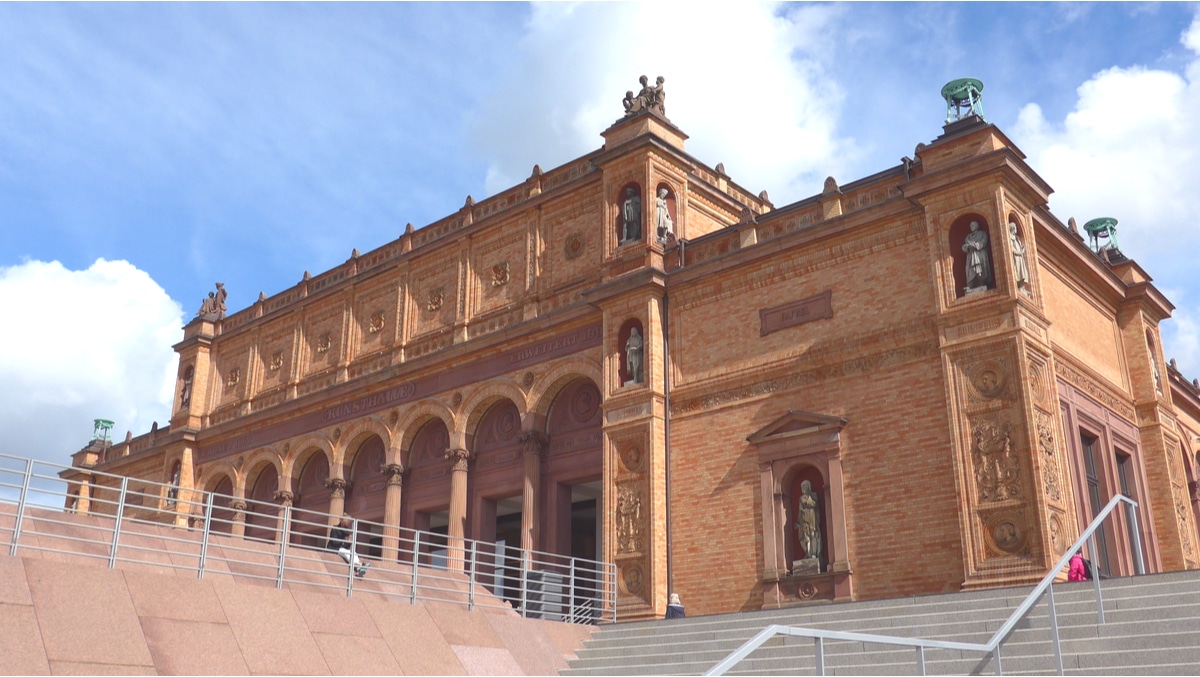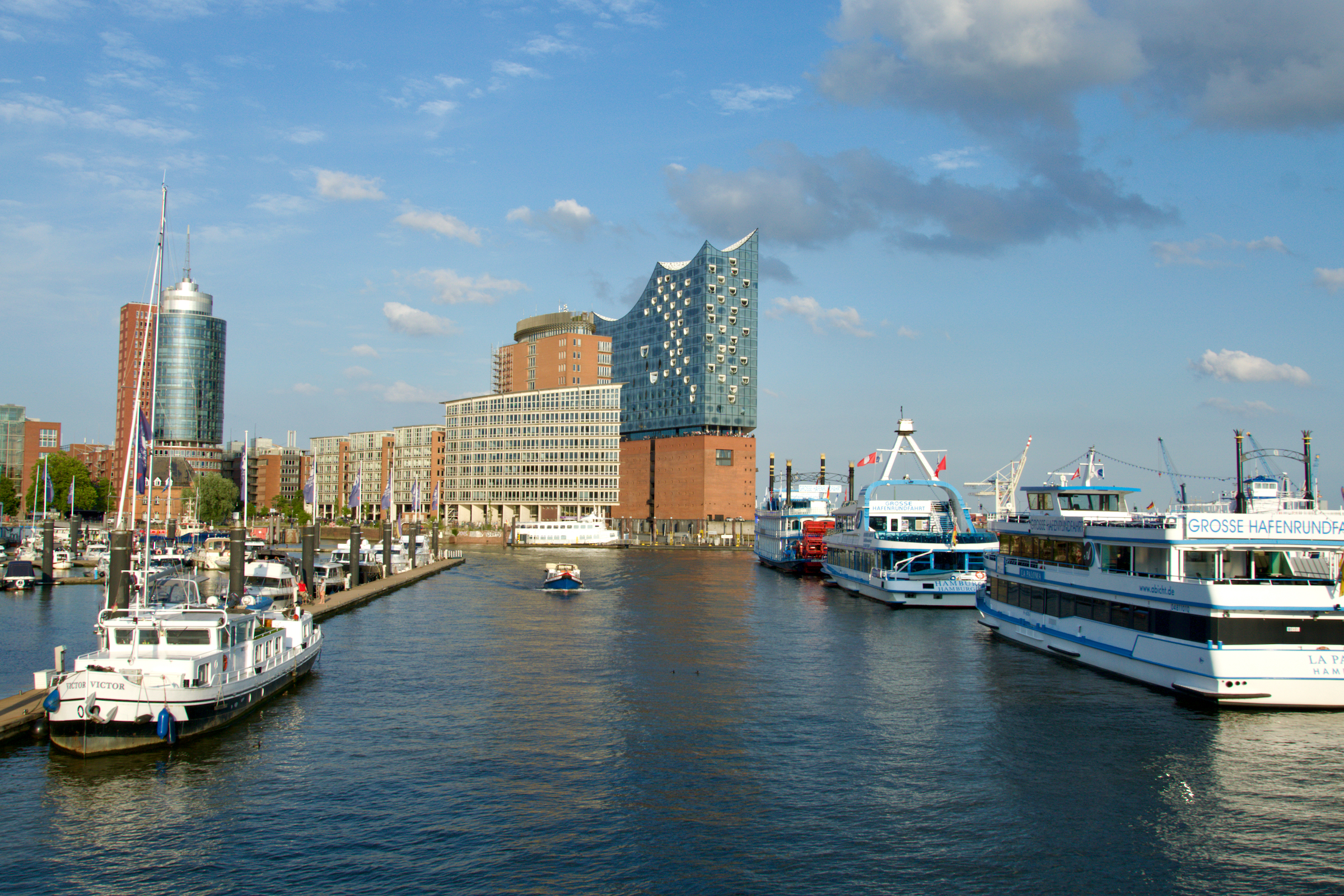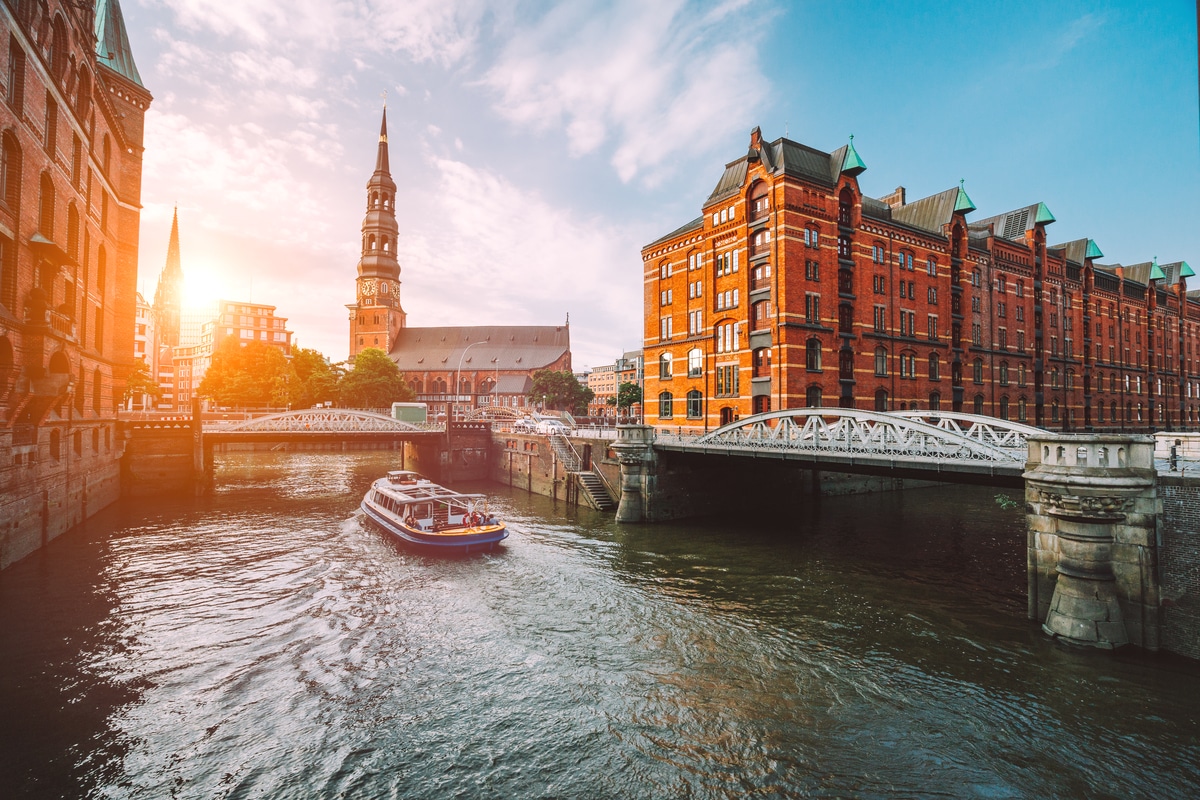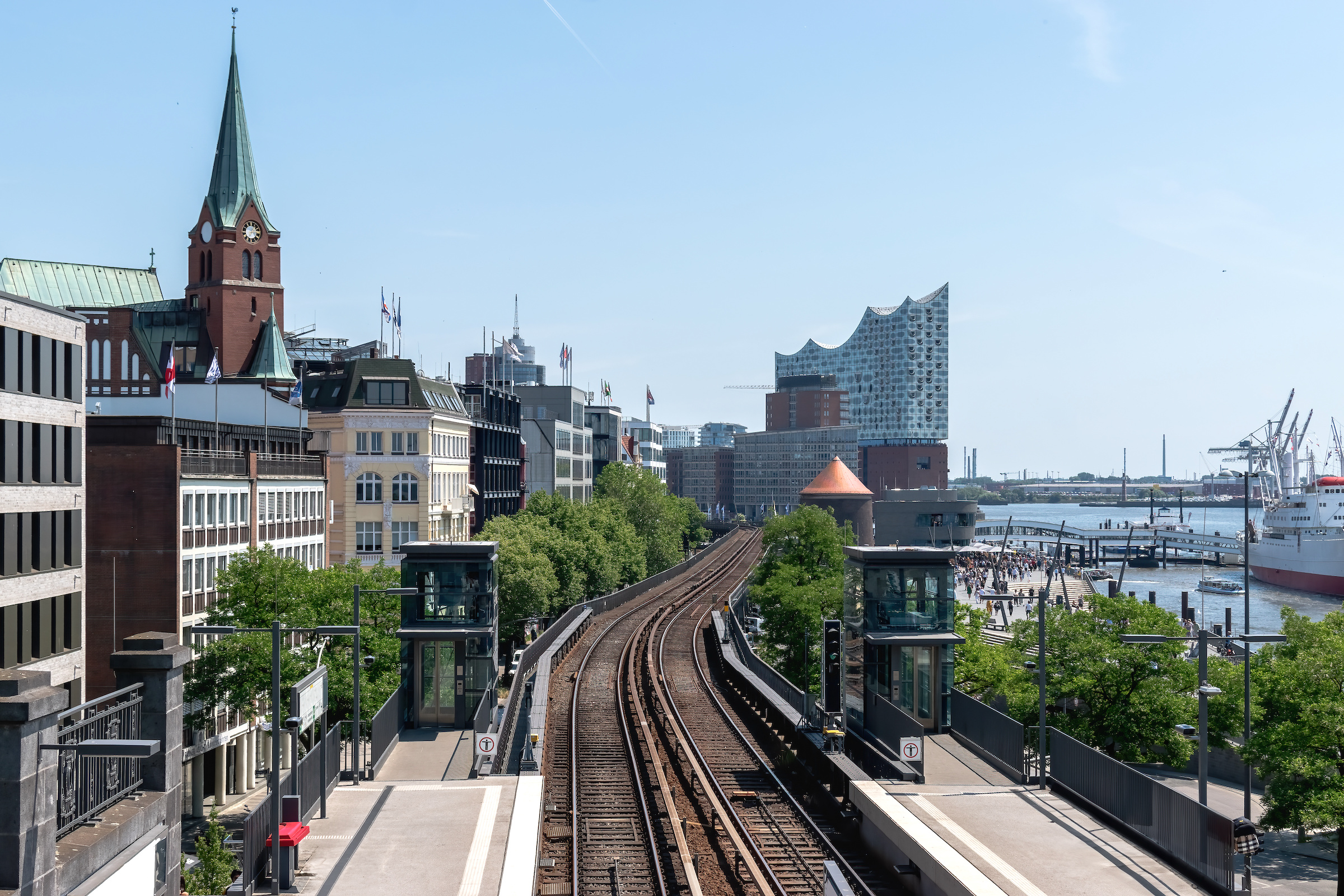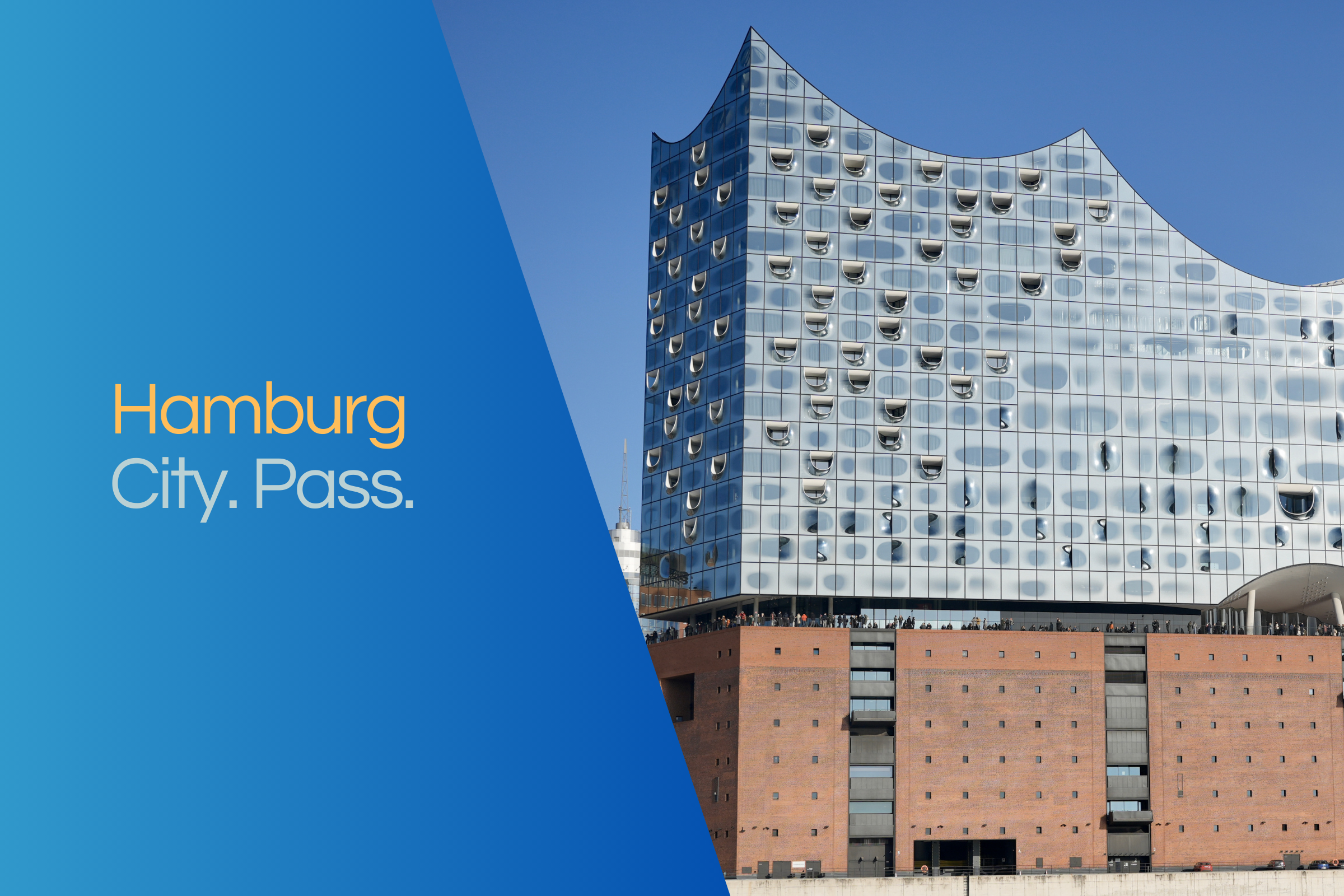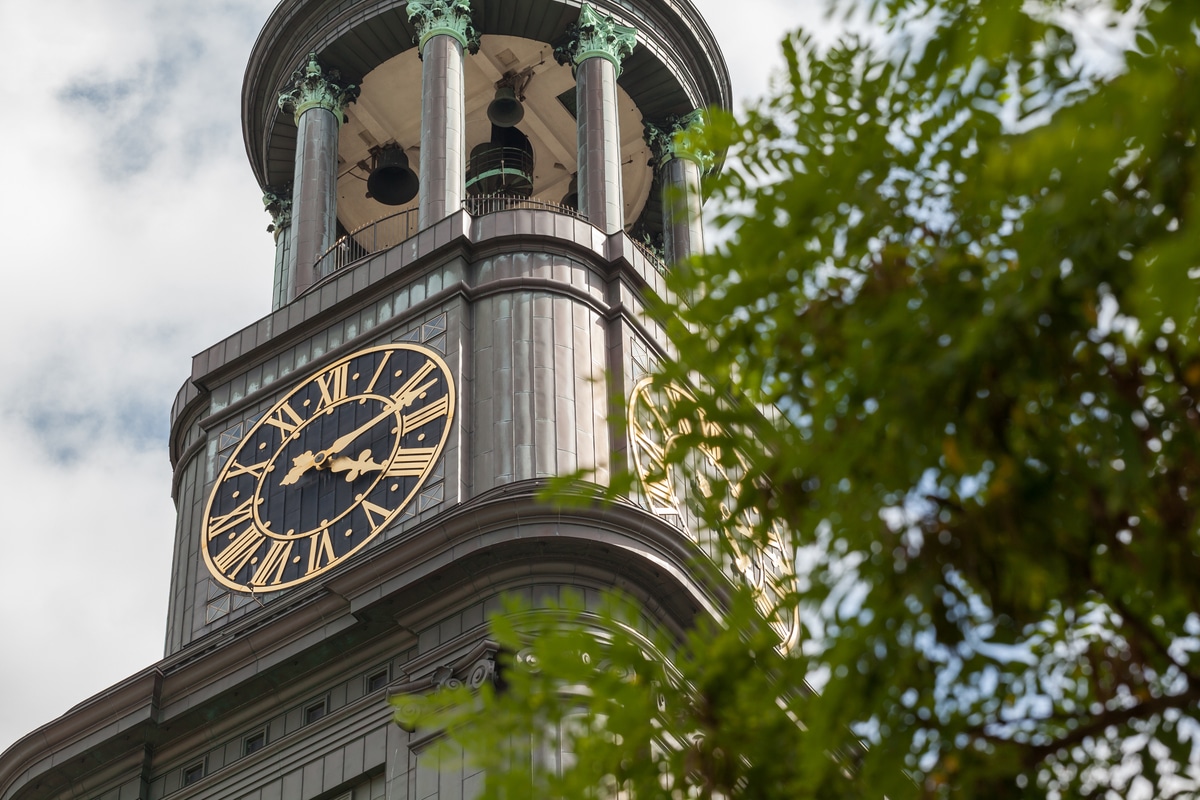Development of art from the Middle Ages to the modern age
Highlights of the permanent exhibition include North German artworks from the Middle Ages such as altars by Master Bertram and Master Francke, as well as Dutch paintings by Old Masters such as Rembrandt from the 17th century.
Also represented are numerous 19th century artists such as Caspar David Friedrich and Max Liebermann. Lovers of classical modernism also get their money's worth with works by Edvard Munch, Paul Klee and Max Beckmann.
History of the three Kunsthalle buildings
The first building with its facade in the style of the Italian Renaissance was opened as early as 1869. The extension building in neoclassical architectural style with a shell limestone facade was added from 1912 to 1919. This provided additional space for the numerous donations of the rich bourgeoisie. After some paintings were confiscated during the Nazi era, the Galerie der Gegenwart was finally opened in 1997.
Top-class special exhibitions
The changing exhibitions, which deal with a wide variety of topics, attract international attention. However, the Kunsthalle also serves as a backdrop for extracurricular learning. Its diverse offerings include music events or individual guided tours with experienced art historians.
Those who want to visit the museum with children will be thrilled by the Hamburg Children's Room, located on the first floor of the Galerie der Gegenwart. There, not only children can discover art in a vivid and creative way, for example by creating their own sculptures or sharpening their senses at the play stations.
Café Liebermann in the historic portico invites visitors to linger before or after their visit to the museum. From the café-restaurant The Cube, visitors can enjoy magnificent views of the city and the Alster.
